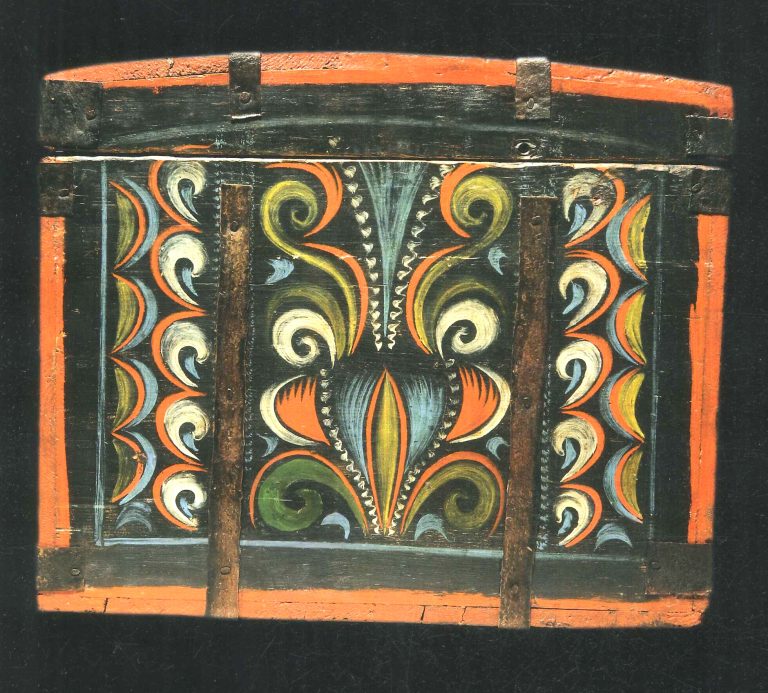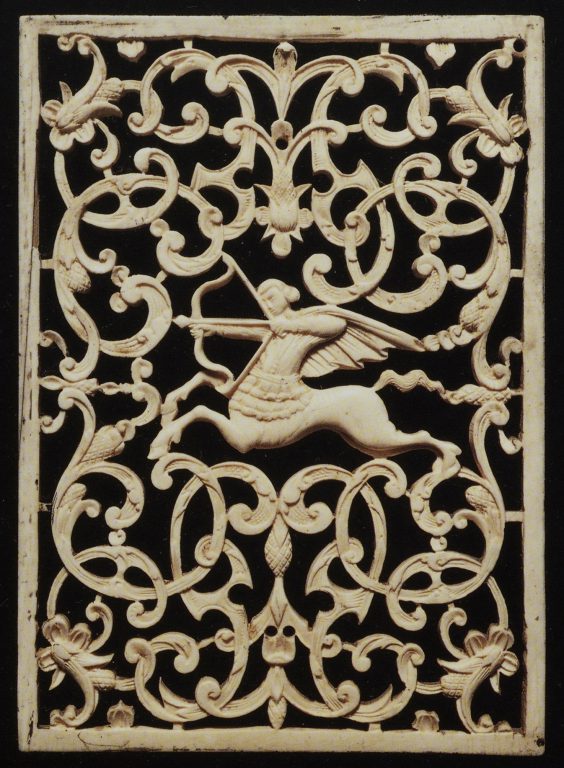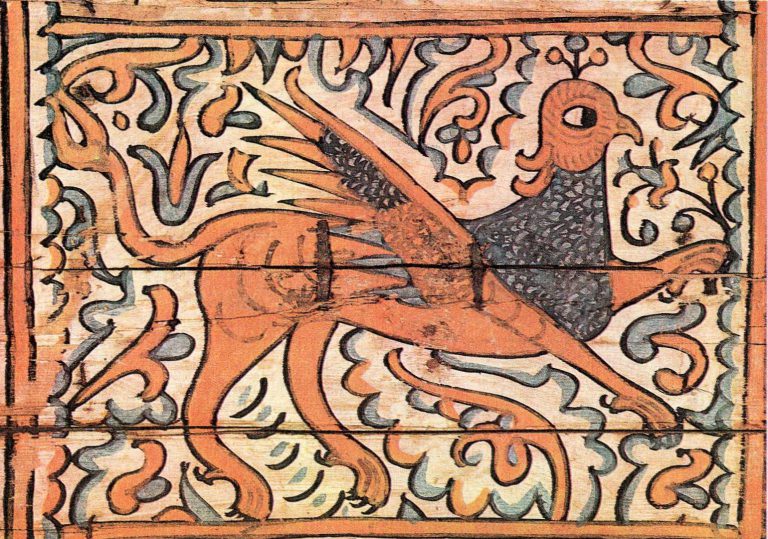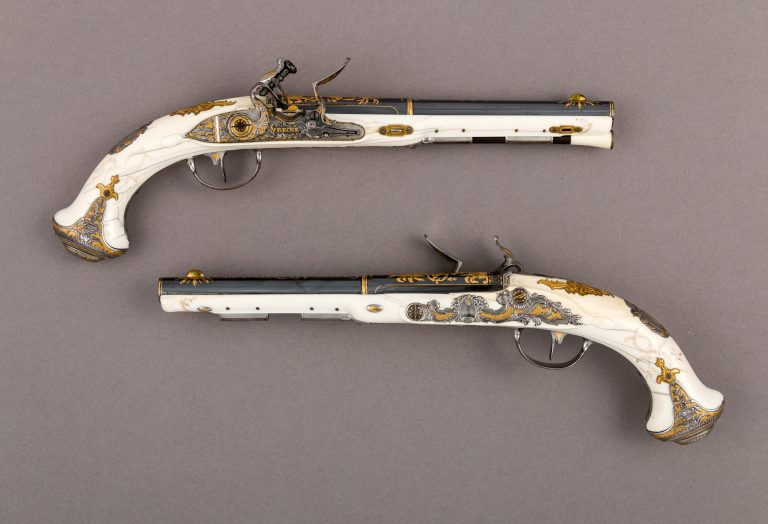

-
Objectfurniture, chests, stoves: Relief
-
Type of arts & crafts
-
MediumIvory
-
Size1 7/8 x 6 x 1/4 in. (4.7 x 15.2 x 0.7 cm)
-
Geography details
Iraq -
Country today
-
Dateca. 9th-8th century B.C.
-
CultureAssyrian
-
PeriodNeo-Assyrian
-
Type of sourceDatabase “Metropolitan Museum of Art”
-
Fund that the source refers toMetropolitan Museum of Art
-
Two couchant and addorsed (reclining and back-to-back) sphinxes are carved in low relief and set within thin frames on this this narrow, rectangular plaque. This piece was found in a large storeroom at Fort Shalmaneser, a royal building at Nimrud that was probably used to store tribute and booty collected by the Assyrians while on military campaign. Originally, it was probably used as an inlay to decorate a piece of wooden furniture. An adhesive probably aided the attachment of the ivory to a wooden furniture frame. The reverse has been roughened, probably to help the glue join the surface of the plaque to the frame. This piece has been classified as Phoenician due to the elegant carving style and abundance of Egyptian imagery. Ram-headed sphinxes were often depicted in the Nile Valley during the Third Intermediate Period, a time that coincided with Phoenician presence in the Levant. Their eyes are deeply drilled to receive inlays of semiprecious stones or colored glass. While the leonine hindquarters conform to canonical representations of sphinxes, the forelegs of these hybrid creatures take the form of human arms with upraised hands and open palms, an innovation that demonstrates how Phoenician artisans creatively transformed the images they borrowed from Egyptian art. The nemes cloth (a royal, pleated headdress), pschent crown (the double crown of Upper and Lower Egypt), and wesekh broad collar worn by the sphinxes are also drawn from Egyptian art. Two lotus flowers emerge behind the sphinxes and a fragmentary, hybrid tree borders the scene on the left.
Built by the Assyrian king Ashurnasirpal II, the palaces and storerooms of Nimrud housed thousands of pieces of carved ivory. Most of the ivories served as furniture inlays or small precious objects such as boxes. While some of them were carved in the same style as the large Assyrian reliefs lining the walls of the Northwest Palace, the majority of the ivories display images and styles related to the arts of North Syria and the Phoenician city-states. Phoenician style ivories are distinguished by their use of imagery related to Egyptian art, such as sphinxes and figures wearing pharaonic crowns, and the use of elaborate carving techniques such as openwork and colored glass inlay. North Syrian style ivories tend to depict stockier figures in more dynamic compositions, carved as solid plaques with fewer added decorative elements. However, some pieces do not fit easily into any of these three styles. Most of the ivories were probably collected by the Assyrian kings as tribute from vassal states, and as booty from conquered enemies, while some may have been manufactured in workshops at Nimrud. The ivory tusks that provided the raw material for these objects were almost certainly from African elephants, imported from lands south of Egypt, although elephants did inhabit several river valleys in Syria until they were hunted to extinction by the end of the eighth century B.C.


























